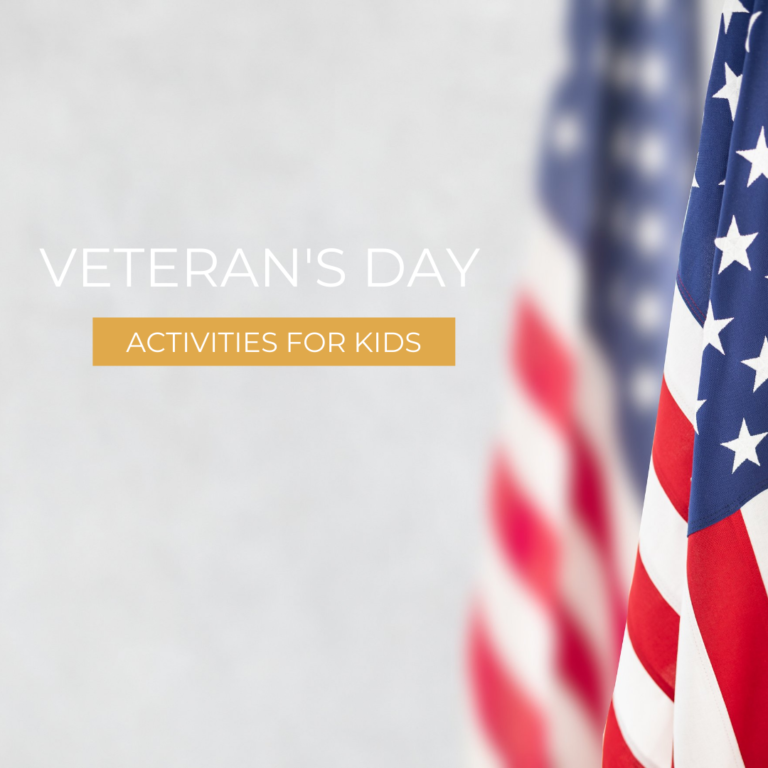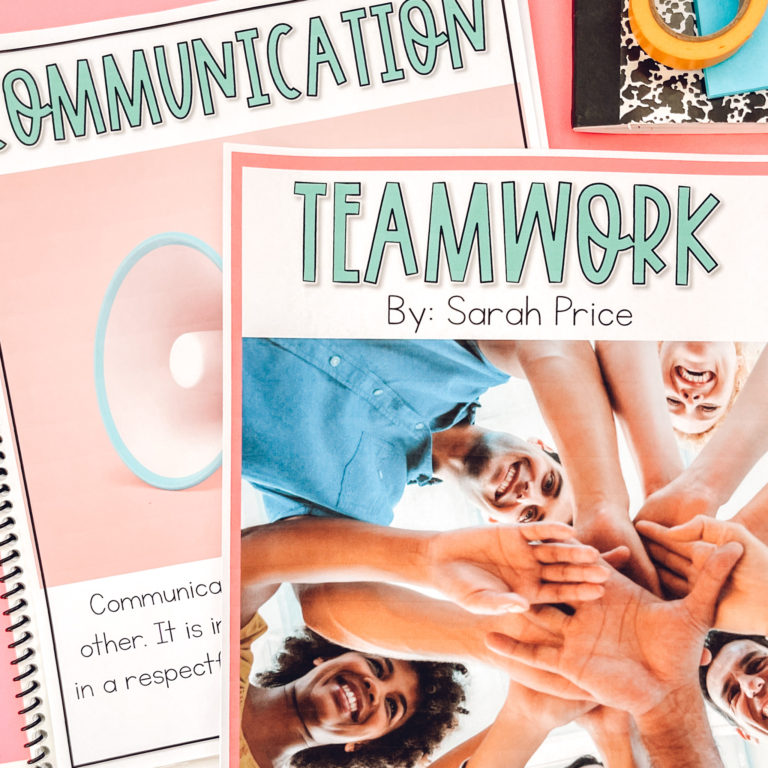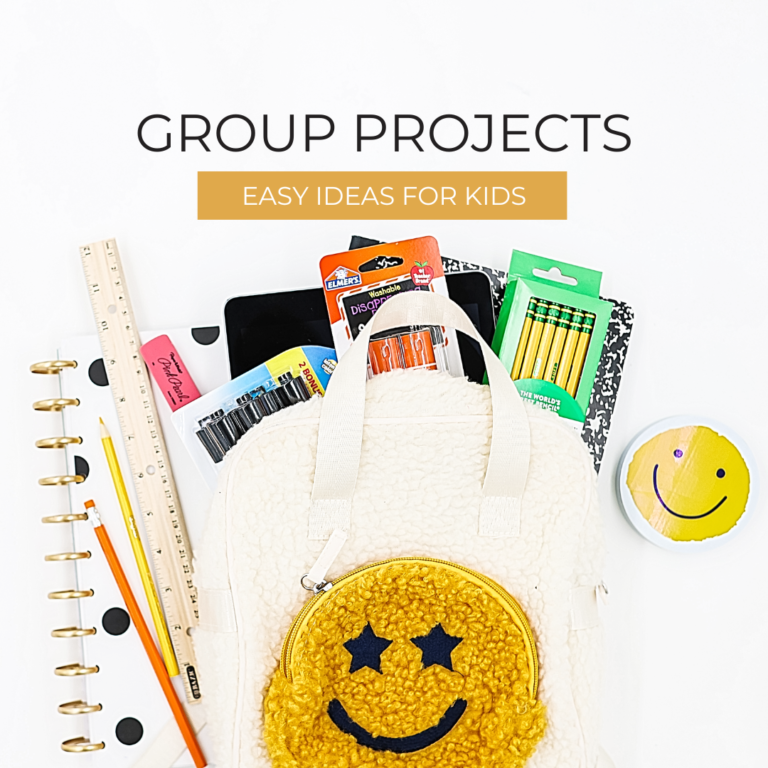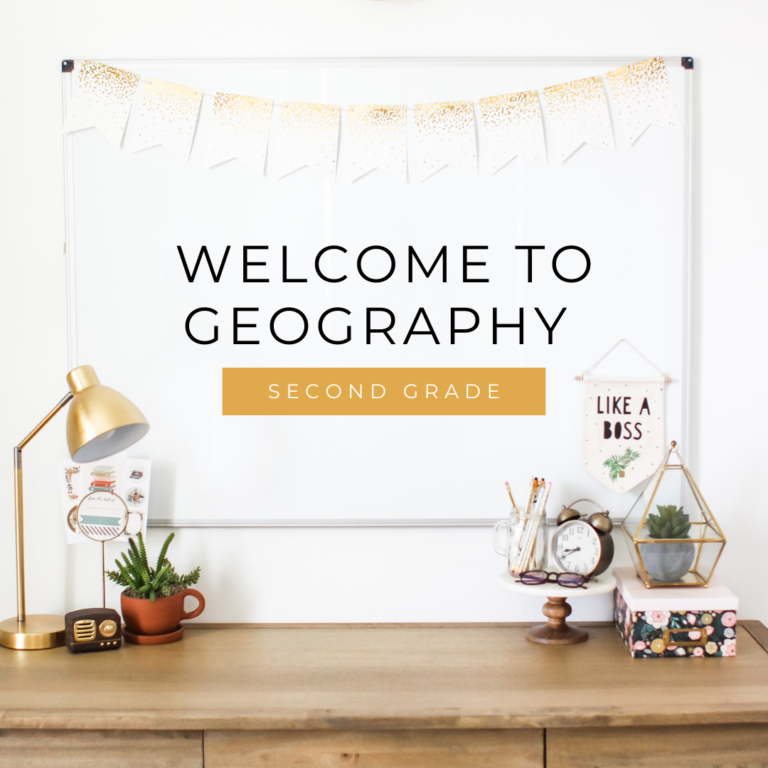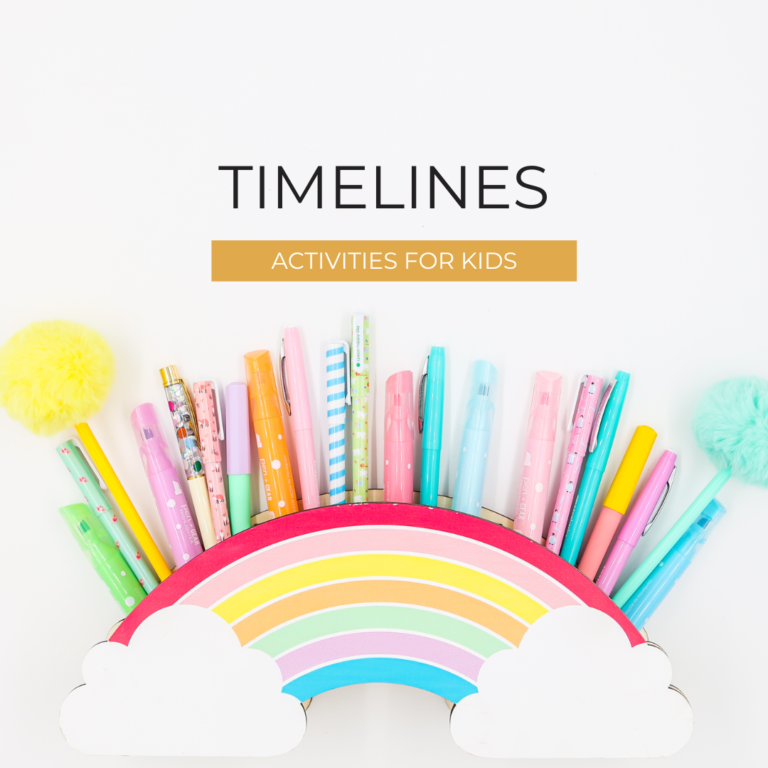How to Make Engaging Anchor Charts: Fun Teaching Strategies
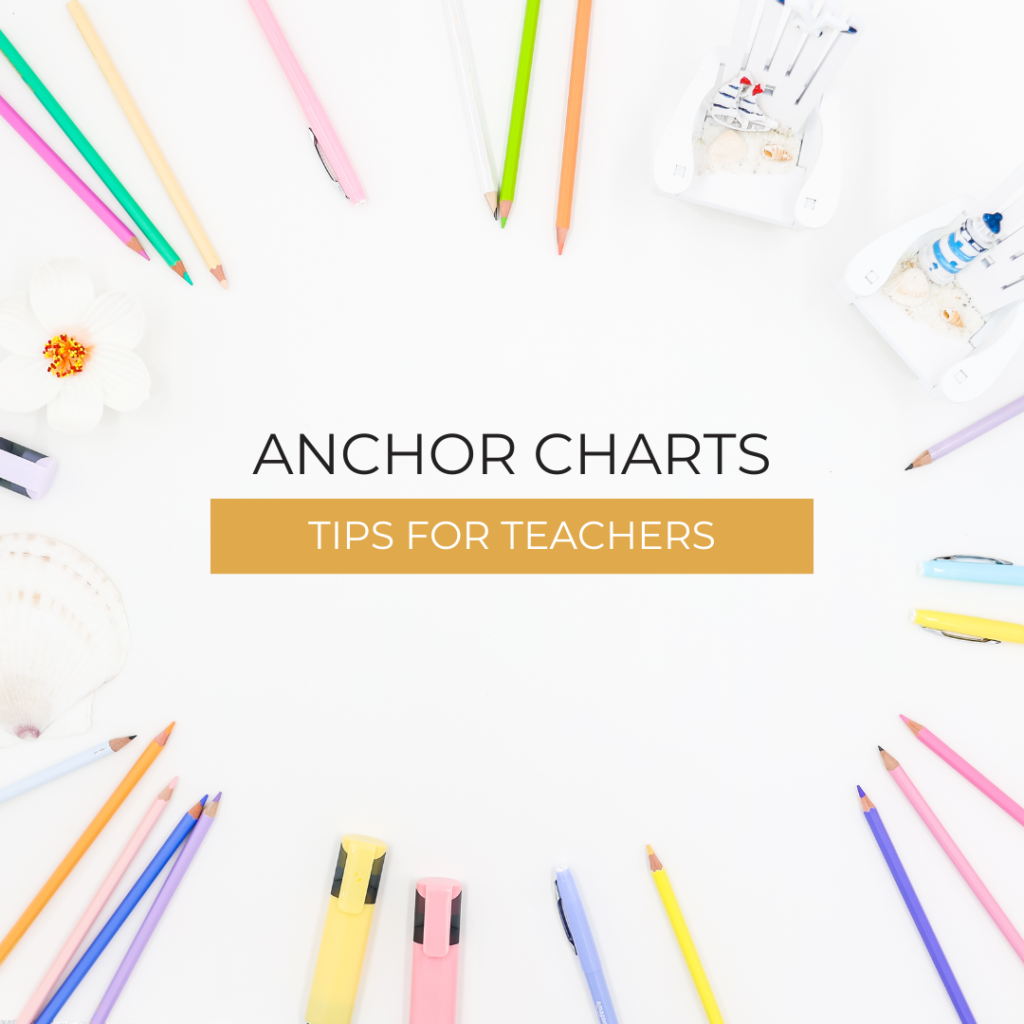
What is an Anchor Chart?
Anchor charts are fantastic visual tools that can enhance the learning experience in early elementary classrooms. They serve as handy references to help kids understand new concepts in various subjects. In this guide, we’ll dive into why anchor charts are a great way to teach new information and how you can create and use them effectively in your lesson plans.
Benefits of Anchor Charts for Teaching
Visual learning strategies are crucial for young learners, who often benefit from seeing and interacting with information in different ways. Here are some of the primary benefits of using anchor charts in your classroom:
- Reinforcement of Concepts: Anchor charts give a handy visual reminder of what you’ve taught, helping reinforce learning and long-term memory.
- Engagement: Visual aids like anchor charts grab students’ attention and make learning more engaging.
- Support for Different Types of Learners: Anchor charts are great for visual learners and also support kinesthetic learners when they help create them.
- Independence: With anchor charts, students have a go-to reference they can use on their own, promoting self-directed learning.
- Auditory Processing Support: Working together on anchor charts during group discussions helps auditory learners. It gives them a chance to hear and process information, making it easier to remember key concepts.
- Simplification of Complex Ideas: Anchor charts break down complex ideas into smaller parts, making it easier for young learners to understand and grasp complex topics.
How Do I Create Anchor Charts?

Creating effective anchor charts involves planning and collaboration with students. Here are the steps I follow when I make an anchor chart to present information to my class.
- Identify key concepts, important information, or new vocabulary words that need to be taught. (Be sure to look at your standards or State requirements)
- Brainstorm different ideas and the best way to present new things.
- Use colorful markers, pictures, and symbols to make the chart appealing and accessible to young learners.
- During the lesson, increase student engagement by asking for their input.
- Once completed, use the anchor chart as a living document that can be revisited and added to as new lessons build on previous knowledge.
- Lastly, to help reinforce the learning process, have students copy down the anchor chart in an interactive notebook.
Save time and grab a free Pack of premade social studies and science anchor charts!
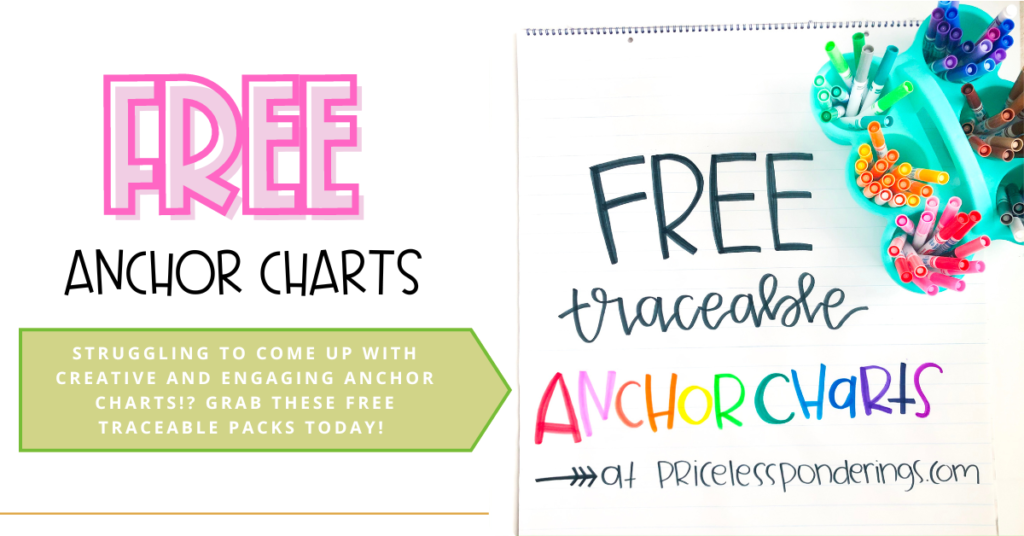
These convenient packs allow you to effortlessly print and copy engaging anchor charts, making it easy to enhance your lesson plans!
⭐️ Free Science Posters and Anchor Charts: HERE!
⭐️ Free Social Studies Posters and Anchor Charts: HERE!
How to Display Your Anchor Charts

One of my favorite areas in my classroom was called the “What We Are Learning” wall. It was simple to make and served as a perfect place for my students to continuously reference throughout the year.
On the wall, I had a section for each subject in my class: Language Arts, Math, Science, and Social Studies. Under each heading, I hung our anchor charts using a thumbtack and binder rings.
Whenever I created a new anchor chart for a new topic, I would add it to the top of the stack of anchor charts.
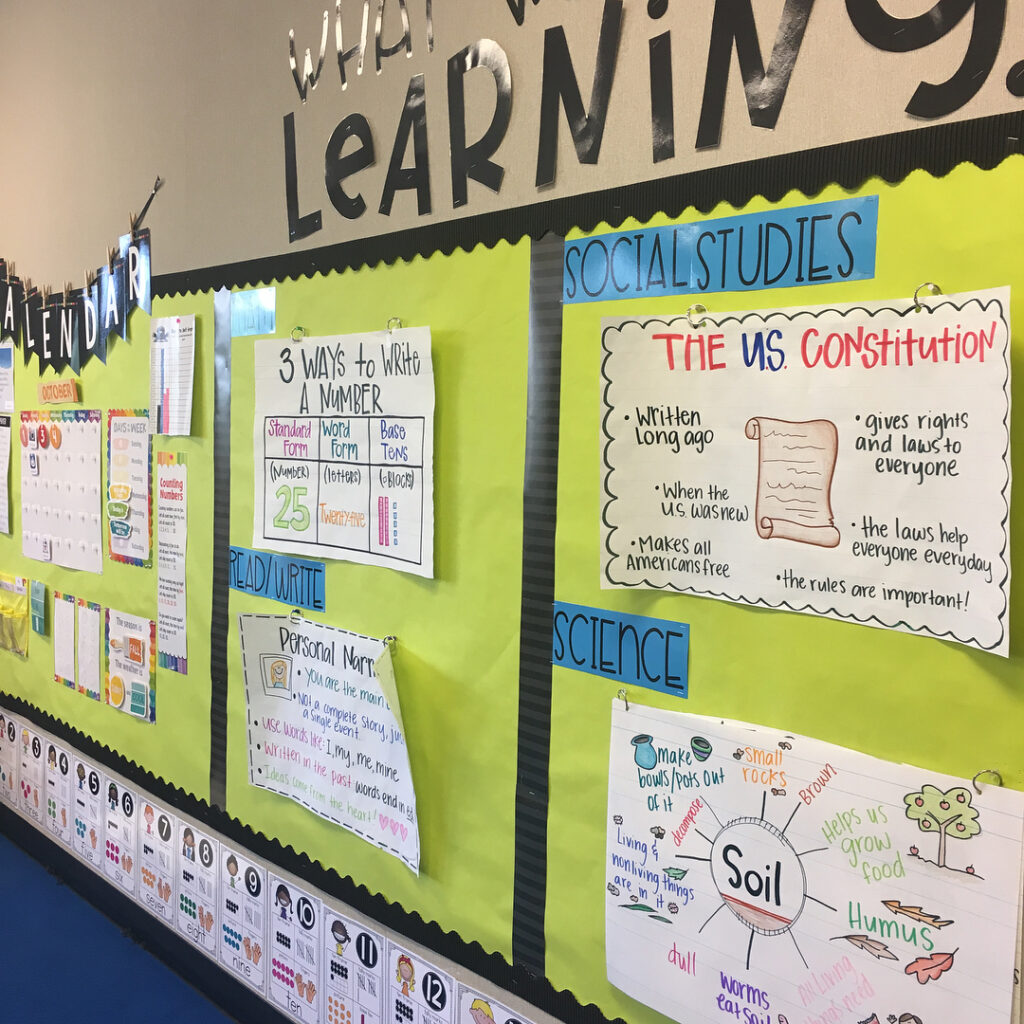
This made it super easy for students to refer back to throughout the year. This was especially useful for students who missed school for being out sick or on vacation. When they returned to class, I would have them take the stack of anchor charts off the wall and flip to the chart they missed.
Grab a copy of my “What We Are Learning” wall to help you create your own! CHECK IT OUT HERE!
How to Make Anchor Charts Interactive
Spice up your charts with interactive elements like flaps, pockets, or movable pieces to keep things exciting! These fun features grab students’ attention and make learning a blast. By adding these playful touches, you create a hands-on adventure that gets everyone involved.
Encourage students to personalize the chart with their own notes or drawings. This way, they feel like it’s truly theirs, boosting their understanding and interest. Let their creativity shine, and watch their learning experience and information retention soar!
Long-Term Use and Maintenance of Anchor Charts
Durability is key to keeping your charts looking sharp! Give them a little TLC by laminating them—this protective layer guards against wear and tear, making sure they stand the test of time. It’s a small investment that pays off big time!
For storage, get creative with hooks or clips to hang your charts when they’re not in action. This way, they’re always within reach but never in the way, keeping your space clutter-free and your charts safe from damage. Stay organized, and let your charts live long and prosper!
Using State Standards to Help You Plan Out What Anchor Charts to Make
One way I come up with ideas on what anchor charts to make is by looking at my state standards. Try reviewing your state standards to identify key concepts that should be covered in your anchor charts. This ensures that your teaching materials are relevant and comprehensive.
Also, think about your yearly planning. At the start of the school year, use a curriculum roadmap like my science or social studies one to help you brainstorm what to make. This will help you align them with your curriculum map and state standards to keep your teaching organized and effective throughout the year.
Grab a Copy of my Year-Long Science and Social Studies Curriculum Roadmaps to help you map out your entire year!

CHECK IT OUT HERE!
Examples of Anchor Charts
If you are having a hard time coming up with what anchor charts to make, here are some examples you can use in your classroom: (Click the links to get more ideas!)
Science
- Life Cycles: Show different life cycles like a butterfly or praying mantis, including the stage from egg to adult, with pictures and short descriptions.
- States of Matter: Illustrate solids, liquids, and gases with examples and simple definitions. Include visuals of particles and how they move in each state.
- What Scientists Do: Create a chart that outlines the key roles and activities of scientists. Include categories such as making Observations, famous scientists, and the importance of following science safety.
- Types of Clouds: Make a chart that includes the different types of clouds with visuals of typical weather patterns and descriptions.
- Phases of the Moon: Highlight the different phases of the moon—new moon, waxing crescent, first quarter, waxing gibbous, full moon, waning gibbous, last quarter, and waning crescent. Use images to illustrate each phase and include brief descriptions of how the moon’s appearance changes during each phase.
For more science anchor chart ideas, check out my Year-Long Bundle!
Social Studies
- Introduce Social Studies: Make a chart that introduces students to social studies. Talk about the different topics included in social studies, like geography and history, and make a list of things that they want to learn about.
- Good Citizenship and Character Education: Teach students key values like respect, responsibility, honesty, kindness, cooperation, fairness, courage, and citizenship. Include examples and activities to help them understand and practice these values in daily life.
- U.S. Symbols: Make a chart showing various symbols representing the U.S. or your state, like the national bird, flower, tree, and flag. Add pictures and short descriptions to explain their significance.
- Cultural Celebrations: Show various cultural celebrations from around the world with images, names, and short explanations of their significance and customs.
- Economics: Explain fundamental economic concepts like supply and demand, goods and services, and wants and needs. Use simple definitions and real-life examples to illustrate each concept.
QUICK TIPS: RECAP
Creating great anchor charts involves more than just writing information on a poster. Here are creative ways to ensure your anchor charts are clear, engaging, and useful:
Visual Elements and Text
- Balance: Mix in visual materials (like drawings, icons, or photos) with text to create a balanced, easy-to-follow chart.
- Color Coding: Use different colors to highlight important info, helping students easily spot the key points.
- Simple Language: Use simple, kid-friendly language. Avoid using lengthy sentences.
Keep it Organized
- Clarity: Keep your charts simple and clear. Don’t overcrowd them with too much information.
- Layout: Use a clear and organized layout to avoid confusion. Use headings, bullet points, arrows, or numbers to help students follow the information in order.
- White Space: Leave enough white space around each element on the chart for visual clarity.
Make it Interactive by adding Hands-on Activities
- Manipulatives: Including manipulatives like sticky notes or index cards allows for active participation with the anchor chart during lessons.
- Response Cards: Add response cards that students can fill out and stick on the anchor chart to demonstrate understanding.
- Graphic Organizers: Add Venn diagrams, flow charts, and mind maps to help students categorize information, connect concepts, and understand relationships.
Innovative Ways to Display Your Charts
- Visible Placement: Hang anchor charts where students can easily see them, ideally at eye level at the front of the class.
- Regular Reference: Use the charts often during lessons to reinforce the content.
- Rotation: Switch out charts based on current topics to keep things fresh and relevant in the classroom.
How Anchor Charts Can Supercharge Classroom Fun!
Anchor charts are awesome tools for early elementary educators, offering benefits like better engagement and reinforcement of key concepts. By adding visual aids to your teaching methods, you can support different learning styles and create a more interactive, engaging classroom.
By leveraging these tips and strategies, you’ll be well on your way to creating an enriching and visually stimulating learning environment that empowers your students to succeed.
Remember, good anchor charts need thoughtful planning and active student participation. Start today by creating your first one, and watch how it transforms your classroom dynamics.
Check out my year-long science anchor chart pack, which is perfect for making your annual planning easier. These printable and reusable charts will save you tons of time!
P.S. Keep an eye out for my upcoming Social Studies pack!
CHECK OUT OTHER POPULAR POSTS HERE!
Beginning of the Year Science Anchor Chart Ideas
7 Fun Back-to-School Anchor Chart Ideas
Easy Social Studies Curriculum Pacing Guide for Lesson Planning

